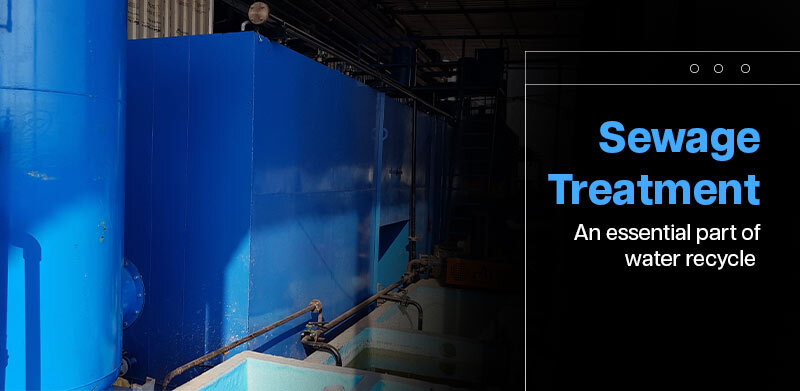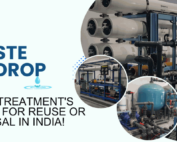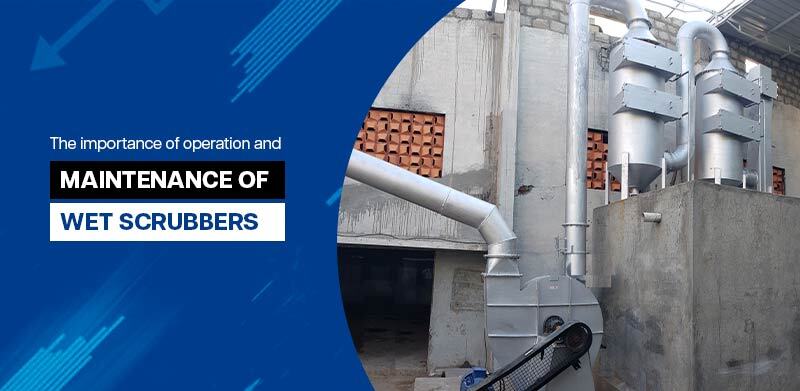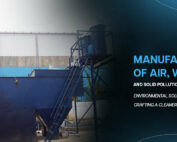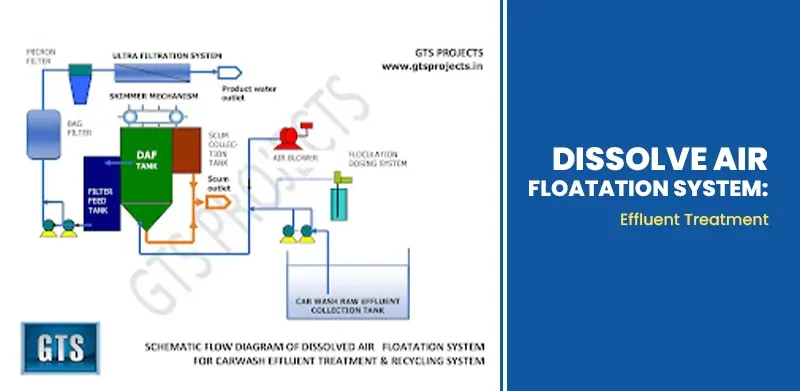Challenges in designing a DM Plant
Designing a DM (Deionized Water or Demineralized Water) plant can present several challenges. A DM plant is used to remove dissolved minerals and impurities from water, producing high-purity water suitable for various industrial applications. Here are some of the common challenges in designing such a plant:
Water Quality Variability: The quality of the feed water may vary significantly depending on the source, seasonal changes, or external factors. This variability can make it challenging to design a DM plant that consistently produces the desired water quality.
Pre-Treatment Requirements: Prior to the DM process, water may require pre-treatment, such as filtration, sedimentation, or disinfection, to remove suspended solids, organics, and microorganisms. The selection and sizing of appropriate pre-treatment units can be complex.
Scaling and Fouling: DM plants are susceptible to scaling and fouling due to the presence of certain minerals in the feed water. Scaling can occur on the membrane surfaces, reducing efficiency and increasing maintenance needs. Proper scaling and fouling control strategies are crucial in the design.
Membrane Selection: Choosing the right type of membrane is critical for the success of a DM plant. Different membranes have varying efficiencies, pore sizes, and tolerance to feed water quality. Selecting the most suitable membrane for the specific application is a challenge.
Energy Consumption: DM plants can be energy-intensive, especially if pressure-driven membrane processes, such as reverse osmosis (RO), are employed. Balancing energy efficiency with the desired water quality is a challenge for designers.
Waste Management: The concentrated brine or reject stream generated during the DM process needs proper disposal. Handling and treating this waste can be a significant challenge, both environmentally and economically.
System Capacity and Sizing: Determining the right capacity and size of the DM plant to meet current and future water demand is essential. Over-sizing can lead to increased capital and operational costs, while under-sizing can lead to inadequate water supply.
Regulatory Compliance: DM plant designs must comply with local, regional, and international water quality and discharge standards. Meeting these requirements can be a complex task, especially when dealing with emerging contaminants.
Operation and Maintenance: Ensuring smooth operation and efficient maintenance of a DM plant requires careful consideration of the system layout, instrumentation, and automation. Adequate training of personnel and access to spare parts are essential factors to address.
Capital and Operating Costs: Designing a cost-effective DM plant that meets the desired water quality standards can be challenging. Balancing initial capital expenditure with ongoing operating and maintenance costs is crucial for the long-term viability of the project.
To overcome these challenges, it is essential to conduct thorough water quality analysis, perform pilot studies, and collaborate with experienced engineers and experts in water treatment technologies. Additionally, staying updated with the latest advancements in water treatment technology can help optimize the design of DM plants.



